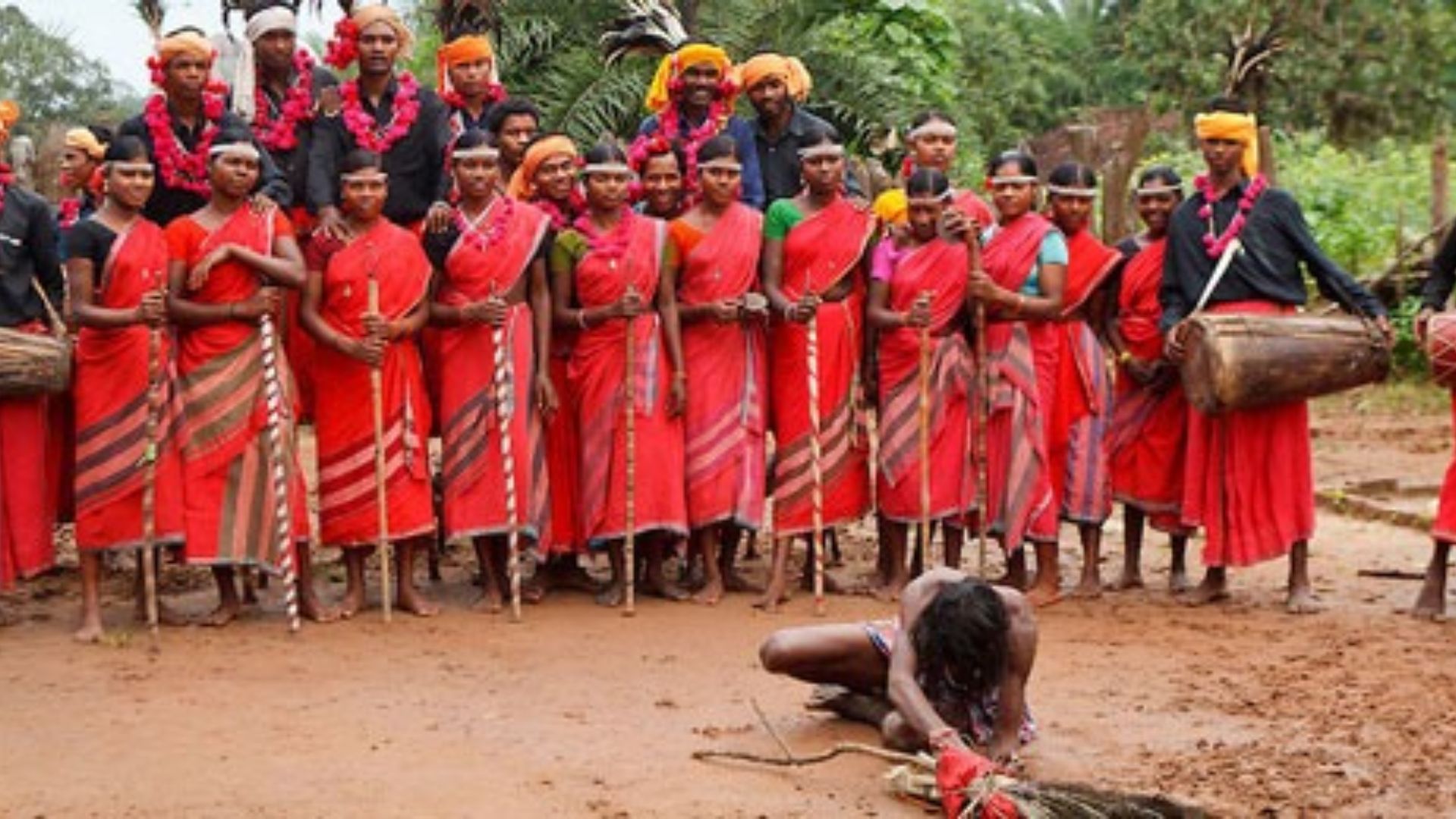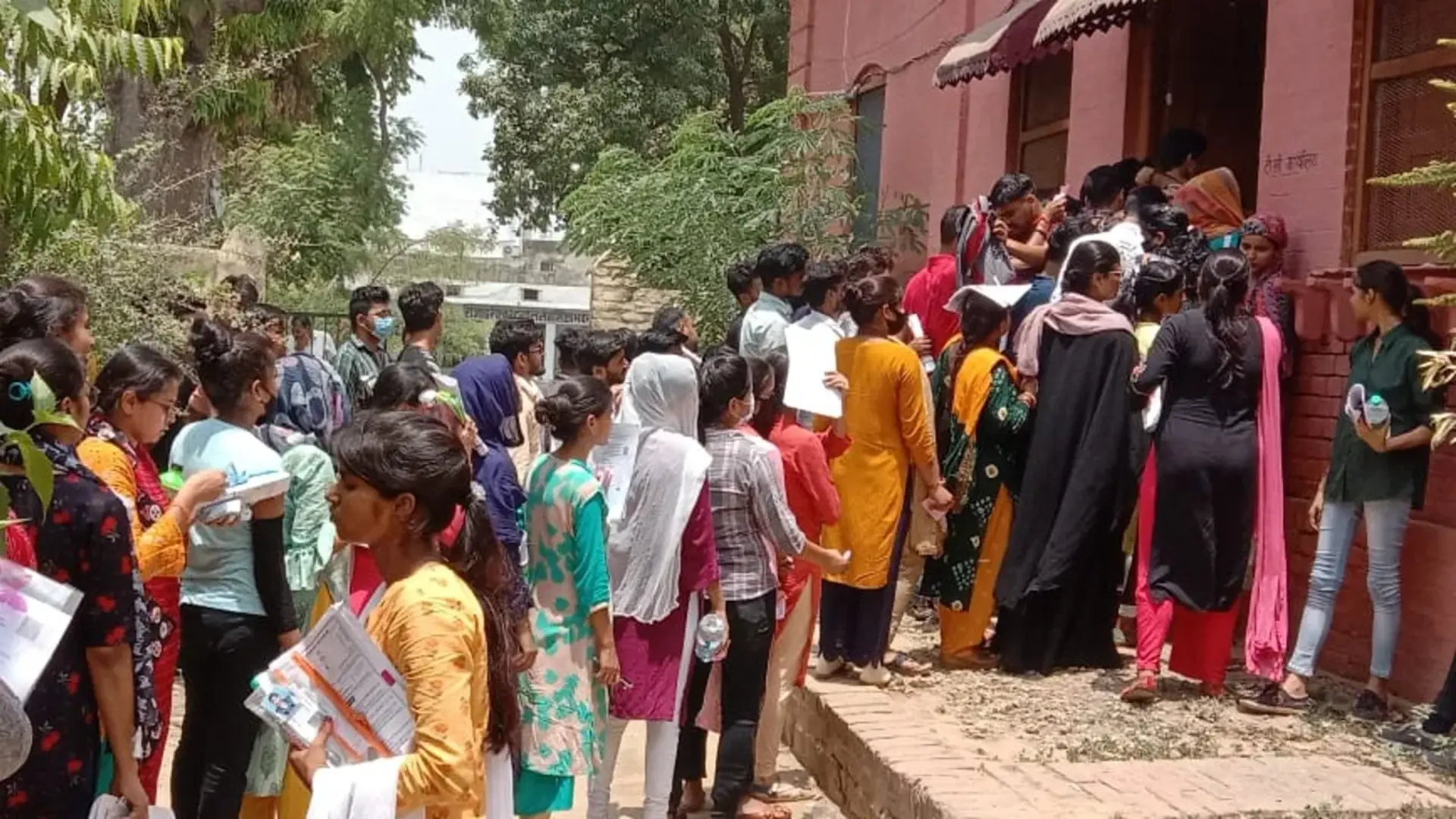The Ghotul, located in the center of India, is evidence of the rich cultural legacy of the Gond and Muria tribes from Bastar and the surrounding regions. This unique social institution serves as a vibrant hub for socialization, education and personal development among the youth. As a cornerstone of tribal society, the Ghotul fosters gender equality and mutual respect, challenging traditional societal norms and preserving the cultural legacy of these indigenous communities.
The Role and Structure of Ghotul
The Ghotul, a cottage typically located on the village’s outskirts or in its center, is deeply embedded in the traditions of the Muria and Gond tribes. This dormitory is not just a shelter but a vital social institution where unmarried boys (Cheliks) and girls (Motiaris) gather.
They participate in various activities and celebrate festivals. The emphasis on gender equality in Ghotul is one of its most noticeable characteristics. Both boys and girls engage equally in activities and decision-making processes, fostering an environment of mutual respect and understanding. This inclusivity empowers young girls, giving them a platform to express themselves freely and challenge traditional gender roles prevalent in broader society.
Cultural and Educational Significance
The first Ghotul was established by the tribal tale of Lingo, the supreme deity and a highly esteemed ancestor. This divine association lends the institution a sacred status within the community, making it an integral part of tribal religious and social life. Inside the Ghotul, a structured hierarchy exists. The Siredar (head boy) and Belosa (chief girl) oversee the activities and assign responsibilities to other members. These duties range from cleaning and cooking to organizing cultural events, instilling a sense of discipline and community service among the youth.
Senior members pass down knowledge of tribal history, folklore and customs to their juniors. Young people learn about their cultural heritage through storytelling, music and dance in an engaging and immersive environment. This informal education system ensures the continuity of tribal traditions from one generation to the next. Singing, dancing, telling stories, and taking part in customs are among the activities. These activities are designed to build discipline and demonstrate hard work. Ghotul members work in their communities during the day and gather in the dormitory each evening.
It is where children transition from childhood to adulthood, learning about social, cultural, economic, and political aspects of life. Junior members learn from their seniors about deities, festivals, music, dance, and hunting techniques, ensuring the transmission of tribal heritage. These activities are designed to build discipline and demonstrate hard work. Ghotul members work in their communities by day and come together in the dormitory by night.
Variations and Controversies
While the concept of Ghotul is consistent across the Muria and Gond tribes, variations exist. In some regions, boys and girls return to their homes at night, while in others, they stay in the Ghotul. Emotional attachments and monogamous relationships are either discouraged or encouraged, depending on local customs.
The Ghotul system is not without controversy. Its approach to premarital relationships, which can include sexual exploration, has drawn criticism from outside observers. Yet, within the tribal context, this aspect of Ghotul life is seen as a natural part of personal development and partner selection.
Anthropological and Social Insights
The significance of the Ghotul extends beyond its immediate community. Anthropologists and social scientists have studied this institution as a unique model of youth education and social organization. The Ghotul’s ability to combine cultural preservation with progressive social norms offers valuable insights into alternative forms of community-based education and social development.
Future and Preservation
As India continues to modernize, the future of traditional institutions like the Ghotul remains uncertain. While some view it as an outdated practice, others argue for its preservation as a vital part of tribal heritage and identity. The challenge lies in finding a balance between maintaining cultural traditions and adapting to changing social norms.
Conclusion
In conclusion, the Ghotul stands as a testament to the rich cultural tapestry of India’s tribal communities. It represents a unique approach to youth development, combining education, social interaction, and cultural preservation in a single institution. As debates about its relevance in modern society continue, the Ghotul remains an important subject of study and a symbol of tribal resilience and adaptation. Ghotul’s progressive approach to gender equality and its role in cultural education provides a valuable model for community-based social institutions worldwide.







